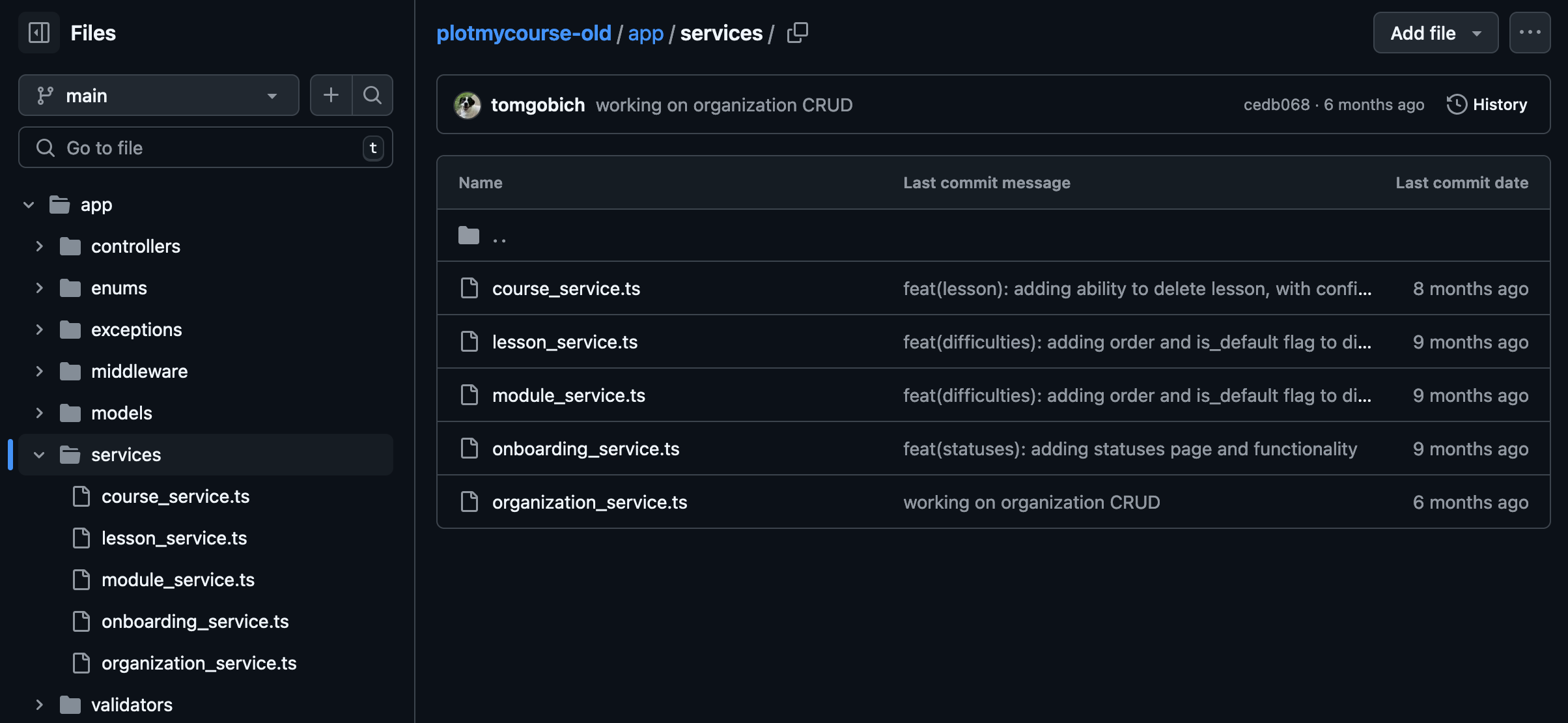Chapters
00:00 - Lesson Objective
00:33 - Getting Our Organization Middleware & Actions Created
01:50 - Setting the Active Organization
03:23 - Getting the Active Organization
06:51 - Joining It All Together in the Organization Middleware
10:31 - Giving It A Test Run

